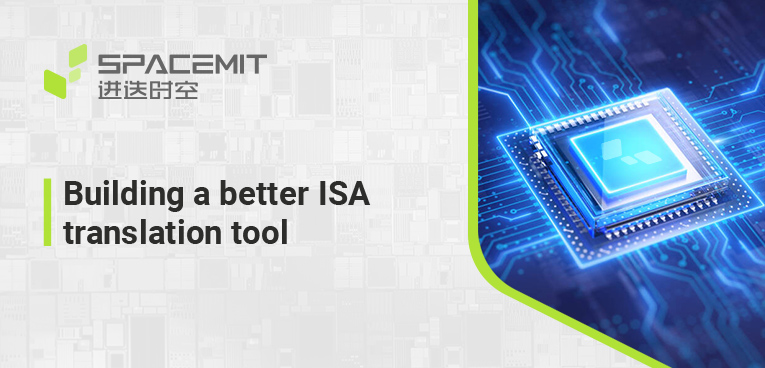
One of our goals at SpacemiT is to develop the scope of our ISA (Instruction Set Architecture) translation.
The biggest barrier any ISA faces is the size of the application ecosystem to which it can be successfully deployed. Expanding its usage with binary translation can reduce the application migration costs from an existing ISA to a new one.
In binary translation, there are two main categories, static and dynamic. Static mode translates the executable binary into a new ISA binary without actually running it. If less dynamic information is required during the translation, the static approach gives the best performance as translation time occurs offline.
Dynamic mode requires continuous runtime information to operate correctly. Translation time forms part of the run time, resulting in reduced performance. To date, the most successful example of ISA translation is the Rosetta software from Apple, which translates PowerPC to X86, and X86 to ARM.
By developing software tools and specialized hardware IP, our SoC will make application migration from ARM to RISC-V far less problematic and far more affordable.
Today, we are dedicating ourselves to making it happen. We’ll keep you updated on our progress!